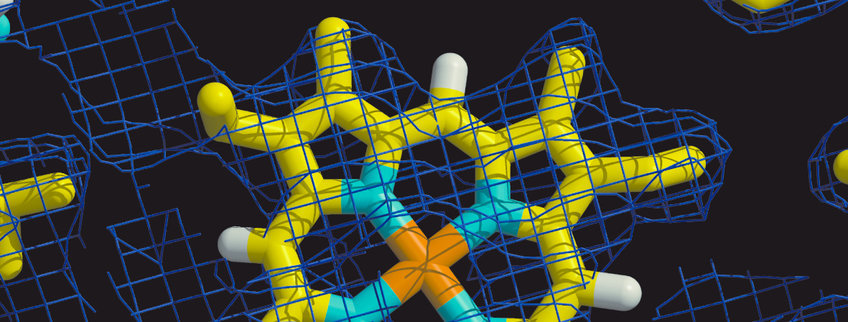
Coupled cell-free transcription-translation systems
Project Group of Department of Molecular Membrane Biology (MMB)
Cell-free expression has emerged as a promising approach for the rapid and efficient production of membrane proteins for functional and structural studies. Synthesis of proteins from template DNA or mRNA is reconstituted in vitro either from purified components or more commonly on the basis of cellular extracts providing the necessary translational machinery. DNA transcription can be initiated by supplementation of T7 RNA polymerase thus coupling transcription and translation. This cell-free expression technique may resolve many of the problems associated with the in vivo expression of membrane proteins such as cellular toxicity, protein aggregation, misfolding or degradation. The inherent open nature of the cell-free system allows addition of factors that may help to stabilise the nascent polypeptide, facilitate its folding and promote post-translational modifications such as disulfide bond formation, phosphorylation or glycosylation. Membrane proteins may be directly accommodated in a defined hydrophobic environment closely resembling their native membrane surrounding.
For expression of membrane proteins we apply and evaluate robust prokaryotic and eukaryotic expression systems based on E. coli and wheat germ extracts. When using the E. coli system we benefit from the expertise of our colleagues from Frankfurt University with whom we collaborate closely (Prof Doetsch, Dr Bernhard). Additionally, development of a eukaryotic expression system based on extracts from non-plant sources is one of our major interests.
Proteins in the focus of our work are secondary active transporters and G-protein coupled receptors (GPCRs). Secondary active transporters form a class of diverse integral membrane proteins utilizing trans membrane gradients to actively drive transport of solutes over the lipid bilayer. Secondary active transporters play a central role in essential cellular functions such as ion homeostasis, nutrient uptake and neurotransmission. Several human diseases are related to dysfunctional secondary active transporters outlining the importance of research efforts towards a pathophysiological description. Insights into structure and mechanism of action of these transporters will further the understanding of membrane transport and thus be of high relevance for drug development.
In collaboration with the department of Molecular Neurogenetics headed by Prof. Peter Mombaerts we are interested in expression and subsequent structural characterization of murine olfactory receptors, belonging to the heptahelical G-protein-coupled receptor (GPCR) superfamily. The aim of this project is to elucidate the structural basis of odorant discrimination.